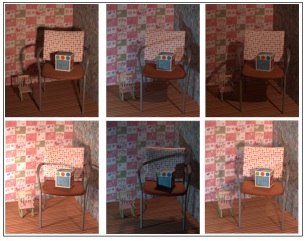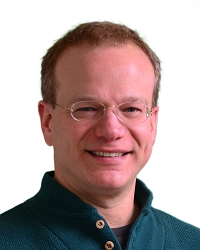TR2014-013
Detecting 3D geometric Boundaries of Indoor Scenes Under Varying Lighting
-
- , "Detecting 3D geometric Boundaries of Indoor Scenes Under Varying Lighting", IEEE Winter Conference on Applications of Computer Vision (WACV), March 2014.BibTeX TR2014-013 PDF
- @inproceedings{Ni2014mar,
- author = {Ni, J. and Marks, T.K. and Tuzel, O. and Porikli, F.},
- title = {{Detecting 3D geometric Boundaries of Indoor Scenes Under Varying Lighting}},
- booktitle = {IEEE Winter Conference on Applications of Computer Vision (WACV)},
- year = 2014,
- month = mar,
- url = {https://www.merl.com/publications/TR2014-013}
- }
- , "Detecting 3D geometric Boundaries of Indoor Scenes Under Varying Lighting", IEEE Winter Conference on Applications of Computer Vision (WACV), March 2014.
-
MERL Contact:
-
Research Area:

Abstract:
The goal of this research is to identify 3D geometric boundaries in a set of 2D photographs of a static indoor scene under unknown, changing lighting conditions. A 3D geometric boundary is a contour located at a 3D depth discontinuity or a discontinuity in the surface normal. These boundaries can be used effectively for reasoning about the 3D layout of a scene. To distinguish 3D geometric boundaries from 2D texture edges, we analyze the illumination subspace of local appearance at each image location. In indoor time-lapse photography and surveillance video, we frequently see images that are lit by unknown combinations of uncalibrated light sources. We introduce an algorithm for semi-binary non-negative matrix factorization (SBNMF) to decompose such images into a set of lighting basis images, each of which shows the scene lit by a single light source. These basis images provide a natural, succinct representation of the scene, enabling tasks such as scene editing (e.g., relighting) and shadow edge identification
